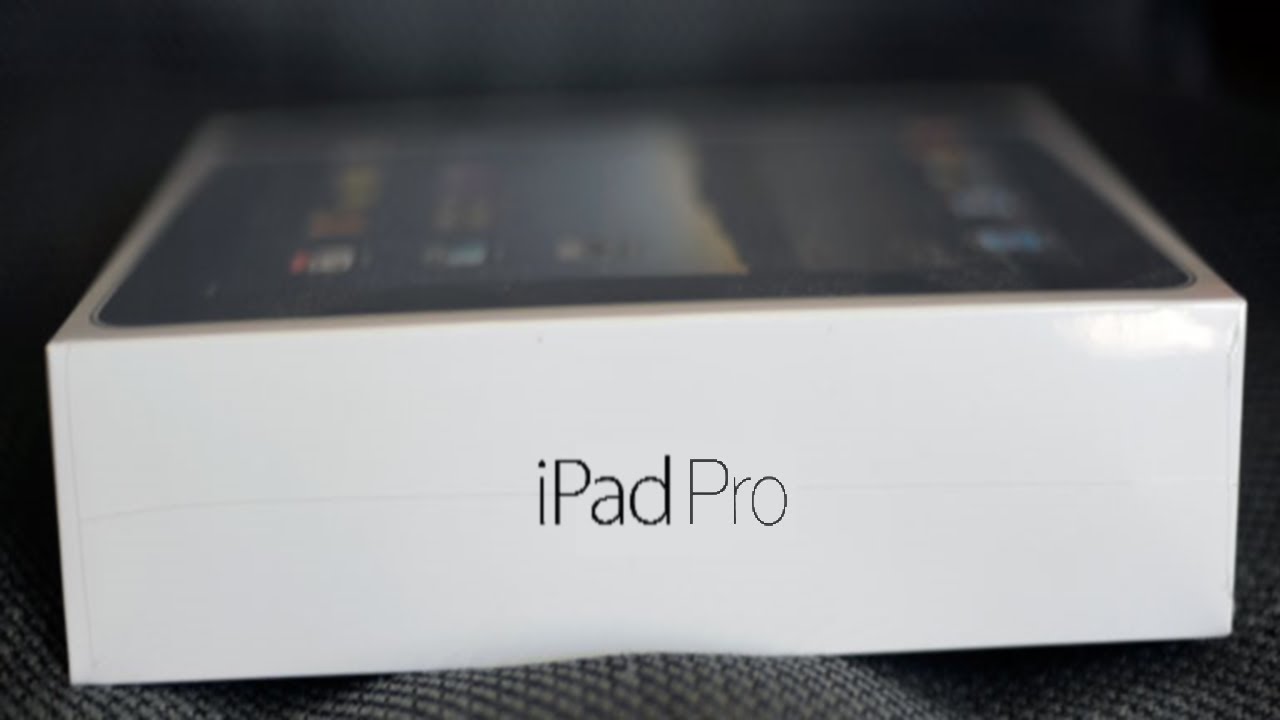Apple iPad Pro display to be manufactured by Sharp and Samsung
A new report has recently surfaced, revealing details of which manufacturers will be tasked with building the displays for the rumored iPad Pro, which could be announced either this fall of in the first quarter of 2016.

The 12.9 inch retina display will feature a resolution of 2,732 x 2,048 pixels, with a 264 ppi density. Sharp will be the primary supplier for the displays, with Samsung as the fallback supplier, ready to start manufacturing its own screens as early as September. Sharp has already started shipping an initial batch of displays to Apple, which have reportedly passed preliminary quality tests.
LG was also rumored to be in Apple’s roster as one of the main suppliers for the iPad Pro display, however, further reports of yield issues on LG’s part may have been a reason for Apple to go for alternative manufacturers.
As usual, there is yet no official announcement by Apple, hinting to the iPad Pro, which is to be expected, as the company is known to keep its most exciting projects close to the chest. A notable example, set prior to the release of the new 12 inch MacBook Retina, when nearly everyone expected a next generation MacBook Air instead.
While there is a greater chance that the rumored name “iPad Pro” will be just as inaccurate as “iWatch” turned out to be, observable evidence has been in existence for a while, between manufacturing-level leaks, and very specific patent updates, that the company is getting ready to drop a bomb on most of what we know about the iPad product line.
The addition of a stylus is still very much a possibility, whose inclusion on some of the most recent Apple patent updates, is proof that the company will eventually provide iPad users with a stylus, but chances are, the company will not stop there, as an idea has been forming of a possible (still far) future of iOS/Mac OS X convergence.
In relation to the present, contrary to most of what we have read, Apple is unlikely to release a larger iPad as a mere means to counteract Microsoft’s Surface Pro 4. The two are, after all, completely different products. Having said that, both products are meant to pave the way to increasingly business-focused hardware. Enterprise is a giant motivator to test new technology and leverage specs, especially considering that gathering feedback at consumer level for these devices is considerably faster and accurate, than counting unit numbers from enterprise stats, not to mention a more genuine take on the real value consumers attribute to these new devices.